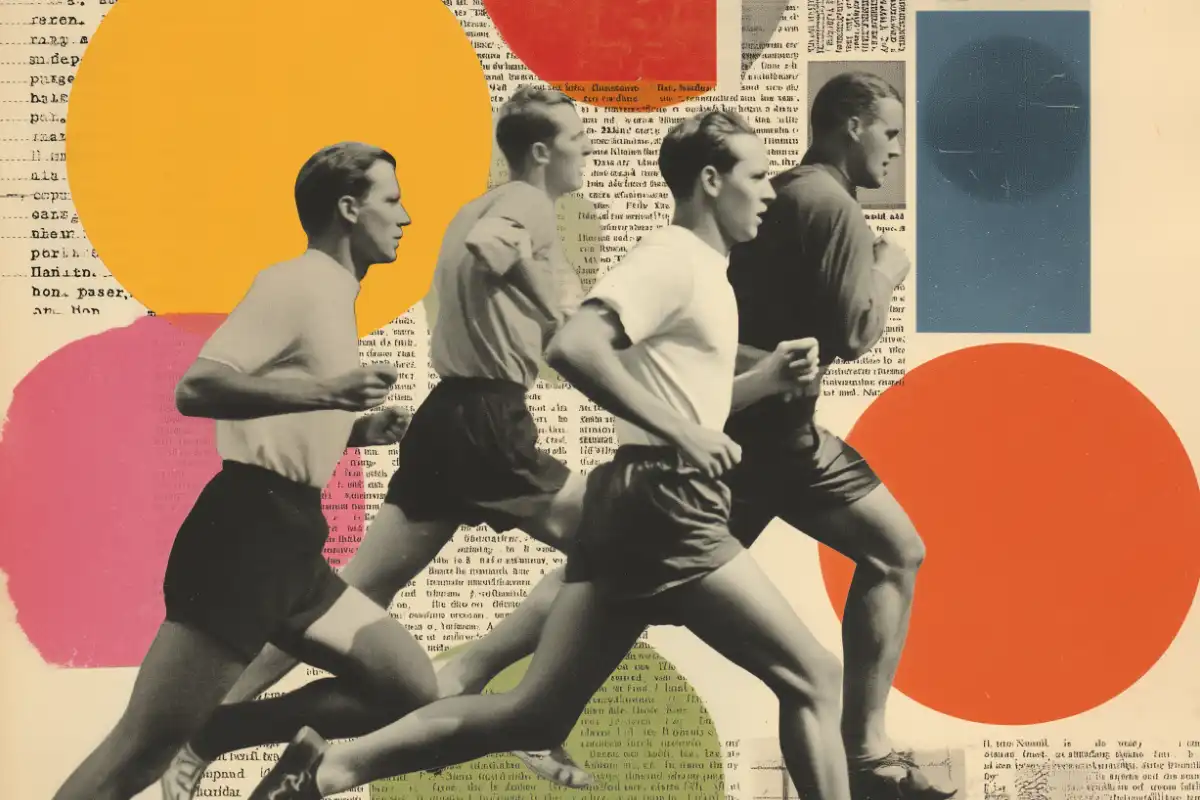
When your product backlog
becomes a black hole.
My Confluence was a graveyard of abandoned PRDs. My Jira board looked like someone had sneezed user stories all over it. The only consistent thing was everyone's consistent confusion.
I won't pretend I had an epiphany while walking the Cliffs of Moher. It happened less dramatically, panic Googling "how to make sense of product chaos" at 11 pm while my wife wondered if I'd ever come to bed.
The humble sticky note revolution.
The next morning, I raided the supply closet for every sticky note I could find. My team watched with concerned expressions as I covered our meeting room wall with yellow, pink and blue squares.
"Are we... redecorating?" someone asked.
"Better," I replied with the unearned confidence of someone who had watched exactly one YouTube tutorial. "We're going to build a user story map."
Something about sticky notes taps into a primitive part of our brains. Research shows the physical visibility of sticky notes improves task completion rates by up to 42% Their tactile nature triggers dopamine release when we move or remove them. They reduce cognitive load by requiring no passwords or loading time, just a thought and a pen.
Why your brain
loves story mapping.
User story mapping works because our brains crave narrative structure. We don't experience products as prioritised backlogs – we experience them as journeys. The map visualizes that journey, showing how users interact with your product from beginning to end.
The psychologist Bluma Zeigarnik discovered that people remember uncompleted tasks 90% better than completed ones. This "Zeigarnik Effect" creates mental tension that drains energy until we achieve closure. Story mapping leverages this by making the entire user journey visible, letting us close those mental loops.
How we actually did It.
Our first mapping session was like watching a group of people slowly realise they've been speaking different languages to each other for months.
"Wait, you thought users would want to do what first?"
We started with the backbone, the high-level activities a user performs chronologically.
For our onboarding flow, it was simple.
- Discover app
- Sign up
- Create profile
- Explore features
- Complete first action
Under each activity, we mapped all possible user stories and the small, valuable functionality users would need. We used the classic format: "As a [persona], I want to [action] so that [benefit]."
The magic happened when we prioritised vertically, placing the most valuable stories at the top and the less important ones below. Suddenly, our cut lines for releases became obvious. Our MVP wasn't a random collection of features – it was the minimum journey a user needed to get value.
The pitfalls we nearly died in.
Of course, I made mistakes. Several glorious, face-palming errors that I'm sharing so you don't have to repeat them.
Our first map was so detailed that it looked like we were planning a moon landing. We had sticky notes for sticky notes. The team's eyes glazed over. Remember: your map should be simple enough that everyone can comprehend it at a glance.
Then we realised we didn't know our users well enough. We were mapping journeys for imaginary people. We had to pause, gather real user data, and start again.
Our third attempt stuck, but then went stale as requirements evolved. The paper-based map became outdated within weeks until we moved to a digital tool that everyone could access and update.
What actually changed.
Something shifted in the room by the end of our first proper mapping session. Everyone from UX design to our most sceptical developer could see the same picture for the first time. The map became our north star, settling disagreements and preventing the feature creep that had plagued us for months.
The biggest win? We started talking about user outcomes instead of features. Rather than debating whether to build feature X or Y, we asked, "Which helps users achieve their goals faster?"
That shift from feature-thinking to outcome-thinking transformed our roadmap from a wish list into a coherent story of user value.
The sticky truth.
User story mapping won't solve all your product problems. My twins still think my job is "playing with sticky notes all day,"b> which isn't entirely inaccurate. But it has given our team a shared language and visual framework worth its weight in gold.
When we presented our next release plan to stakeholders, there was no confusion or endless debate. Instead, we walked them through the user journey, showing how each feature contributed to the overall experience. The clarity was almost unsettling.
As we drove back home that evening, I realised the power of story mapping isn't just in organising work – it's in creating shared understanding. The humble sticky note had turned our product chaos into a coherent roadmap everyone could follow.
And if that's not worth raiding the supply closet for, I don't know what is.

